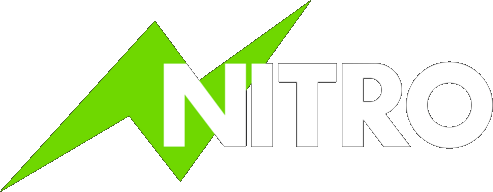🔥 Free 25% more CPU for all Accounts!
As a WordPress site owner, you’ve likely heard the term “caching” thrown around, or perhaps someone has suggested using a caching plugin to boost your site’s performance. But what exactly is caching, and why is it so important for your WordPress site?
What is WordPress Caching?
Imagine this scenario: Someone asks you to solve a complex math problem. The first time, you might need a calculator, taking a few minutes to get the correct answer. But if they ask the same question again, you’d be able to respond instantly because you already did the hard work. That’s essentially what caching does for your WordPress site.
In nerd terms, caching is the process of storing a static version of your site’s content so that it can be quickly reused when needed, rather than processing it from scratch every time. This significantly reduces the load time for users visiting your site, enhancing the overall user experience.
How Caching Works in WordPress
Here’s how it works:
- A visitor requests a page on your WordPress site.
- The server processes this request, often involving database queries and PHP execution.
- The server then delivers the final page to the visitor.
Now, with caching:
- The first time a page is requested, a static version is saved (cached) on the server.
- For subsequent visitors, the server delivers this cached version, bypassing the need to reprocess the page.
This process cuts down on the time it takes to load your pages and minimizes server load.
Types of Caching
Caching comes in various forms, each serving a different purpose. Here are the most common types used in WordPress:
- Page Caching
Page caching, or site caching, stores the entire HTML content of your pages. When a user visits your site, the cached HTML is served, avoiding the need to load the entire WordPress stack. This is ideal for sites with static content, where pages don’t change frequently.
- Browser Caching
Browser caching stores files like images, CSS, and JavaScript on the user’s local device. When the user revisits your site, their browser can load these files directly from their cache, speeding up the load time.
- Server-Side Caching
Server-side caching includes:
- Object Caching: Stores database query results, reducing the need to re-query the database.
- Opcode Caching: Caches the compiled PHP code, so the server doesn’t need to interpret it every time.
- CDN Caching: A Content Delivery Network (CDN) caches your content on servers around the world, delivering it from the closest server to the user.
Why Is Caching Important for Your WordPress Site?
Caching isn’t just a technical tweak—it’s a game-changer and here’s why:
- Faster Load Times
Speed is critical. Studies show that if your site takes more than 3 seconds to load, users will likely leave. Faster load times improve user satisfaction, reduce bounce rates, and can even boost your search engine rankings.
- Improved User Experience
A fast site means a better experience for your users. They can navigate through your site effortlessly, which enhances engagement and increases the likelihood of conversions.
- Better SEO Performance
Google uses page speed as a ranking factor. A faster site improves your Core Web Vitals scores, positively impacting your SEO performance.
- Reduced Server Load
Caching reduces the demand on your server by serving static content, which is especially beneficial during traffic spikes or for resource-intensive sites.
- Enhanced Time to First Byte (TTFB)
TTFB measures how long it takes for the server to respond to a request. Caching reduces TTFB by serving preloaded content, making your site more responsive.
How to Enable Cache in WordPress
Enabling caching on your WordPress site is straightforward:
- Install W3 Total Cache Plugin: Enable object caching or opcode caching in >General Settings.
- Leverage CDN: Consider using a CDN like Cloudflare to cache and deliver your content globally, further speeding up load times.
Wrapping Up
Caching is an essential optimization strategy that can dramatically improve your WordPress site’s speed, user experience, and overall performance.
Remember, while caching is powerful, it needs to be properly configured, especially for sites with dynamic content. Choose the right caching solution, monitor your site’s performance, and keep your cache updated to avoid issues.
